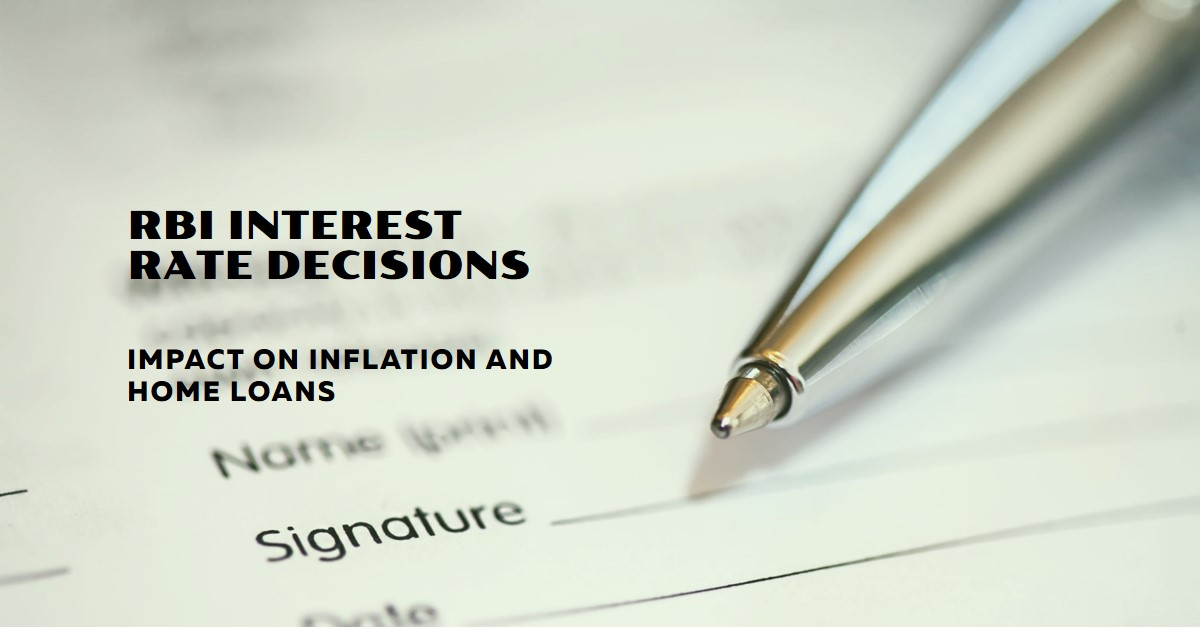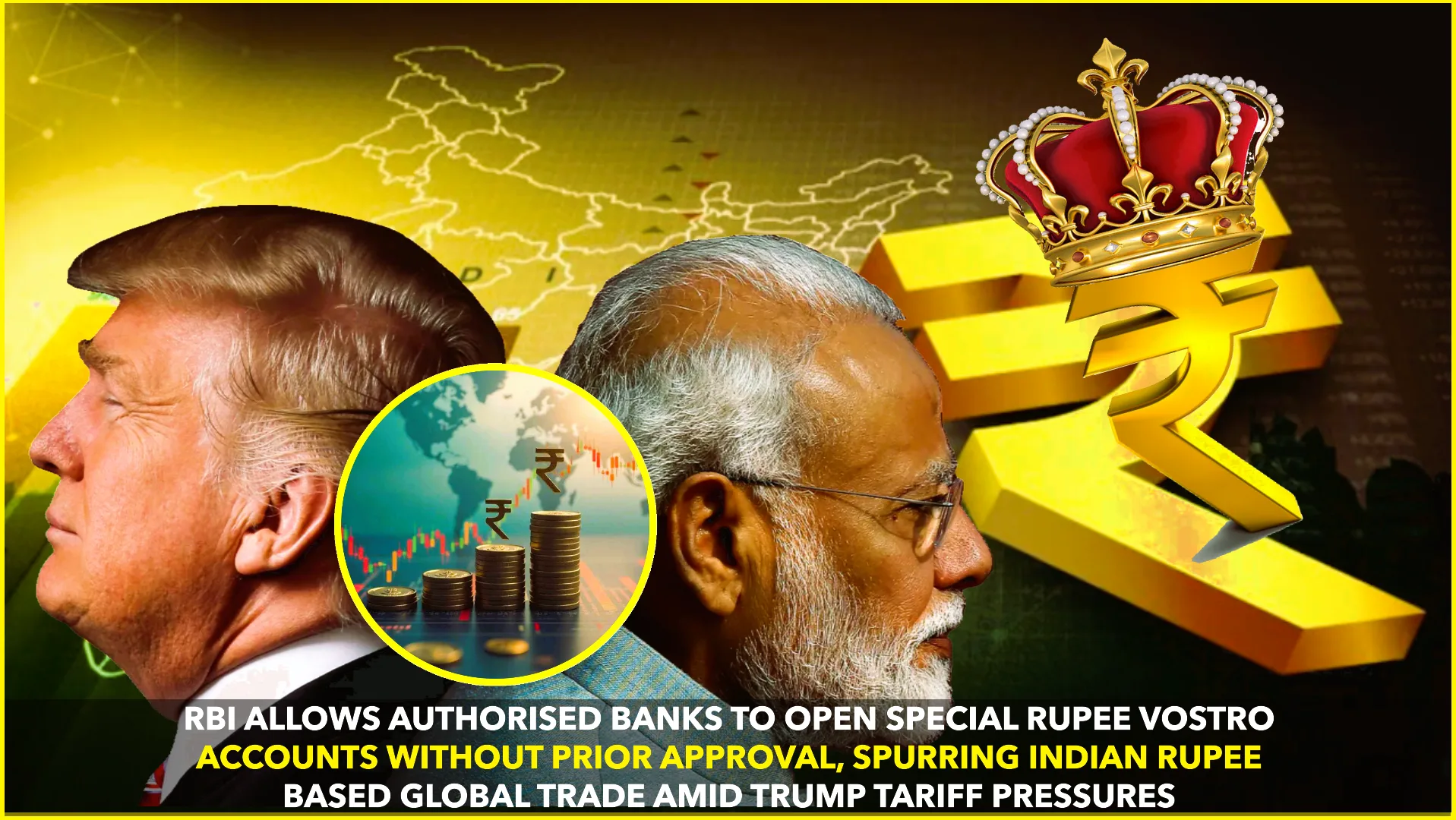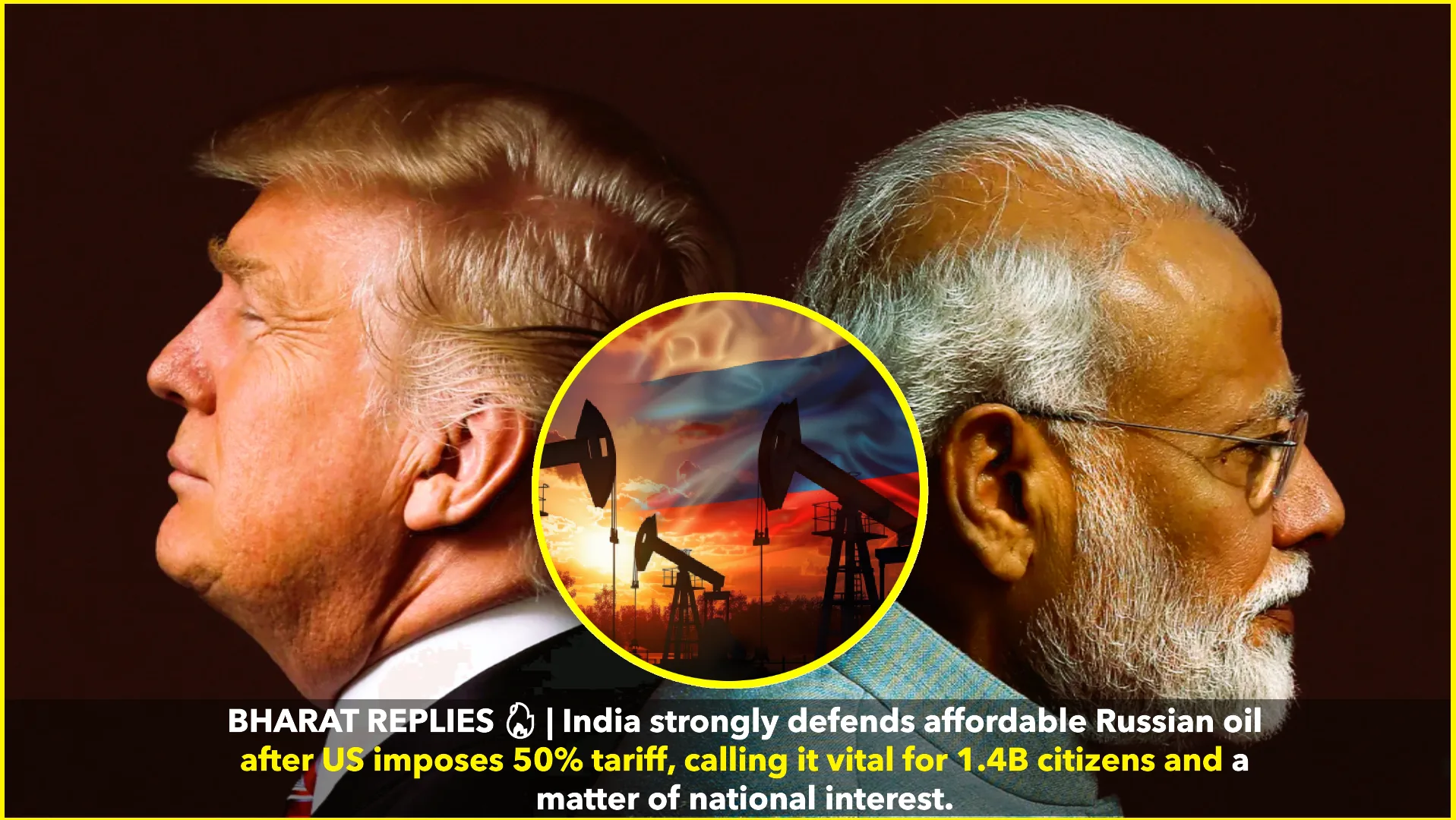As India’s economy navigates through post-pandemic recovery and deals with global uncertainties, the Reserve Bank of India (RBI) is set to play a critical role in shaping the country’s economic trajectory. One of the central mechanisms through which the RBI exerts control over the economy is its interest rate policy. With the next RBI Monetary Policy Committee (MPC) meeting approaching, all eyes are on the potential decisions regarding the repo rate—the rate (RBI Interest Rate) at which the central bank lends to commercial banks.
The outcome of this meeting is particularly significant as it directly affects three key economic factors: inflation, borrowing rates, and the home loan market. This report delves into how potential interest rate changes may impact these areas and outlines the broader implications for consumers, businesses, and investors.
The Current Economic Context: Balancing Growth and Inflation
Inflationary Pressures: A Persistent Challenge
India’s economy, like many others globally, has faced rising inflation in recent months. As of mid-September 2024, inflation has been hovering around 6%, which is on the higher end of the RBI’s inflation target range of 2% to 6%. The primary drivers of inflation have been fuel price increases, supply chain disruptions, and rising global commodity prices. These factors have contributed to rising costs across sectors, from basic goods to construction materials.
The RBI has already raised interest rates several times over the past year to combat rising inflation, but inflationary pressures remain. The central bank now faces a delicate balancing act: if rates are hiked too aggressively, economic growth could slow down. On the other hand, failing to control inflation could reduce consumers’ purchasing power and undermine the broader economic recovery.
For more insights into how inflation has been impacting India, see our article on Inflationary Pressures in India.
India’s Growth Story: Post-COVID Recovery and Headwinds
India’s post-pandemic economic recovery has been stronger than expected, driven by growth in sectors such as manufacturing, exports, and IT services. However, global factors, such as rising crude oil prices and uncertainty around U.S. interest rates, have created headwinds for the economy. Higher interest rates in the U.S. lead to capital outflows from emerging markets, including India, as foreign investors seek safer, higher-yielding assets.
Given this backdrop, the RBI’s next move on interest rates is critical for maintaining growth momentum while keeping inflation in check. The decision will have a far-reaching impact, not just on inflation and borrowing rates but also on India’s housing sector, a key driver of economic growth.
How RBI Interest Rate Decisions Impact Inflation
Controlling Inflation through Repo Rate Adjustments
The repo rate is the rate at which the RBI lends to commercial banks. When the repo rate is increased, borrowing costs for banks rise, which in turn raises interest rates on loans for consumers and businesses. This slows down borrowing and spending, reducing demand in the economy and helping to curb inflation.
The RBI has used this mechanism multiple times in the past to manage inflationary pressures. For example, in 2023, the central bank raised the repo rate by 200 basis points in an effort to control soaring inflation brought on by rising global commodity prices and disruptions in supply chains due to the Russia-Ukraine conflict.
A potential interest rate hike in the upcoming MPC meeting would likely signal the RBI’s continued focus on reining in inflation. While this would help bring down inflation in the long run, it could also have the effect of slowing down economic growth in the short term.
Internal Link: For more about how global economic factors are influencing India’s inflation, check out our article on Global Economic Factors Affecting India.
Inflation’s Impact on Consumer Behavior
Higher inflation erodes consumers’ purchasing power, meaning people can buy fewer goods and services for the same amount of money. In the context of India, higher food and fuel prices disproportionately affect lower- and middle-income households, who spend a larger percentage of their income on these necessities.
The RBI’s goal is to use interest rate hikes to cool down demand and bring inflation back to manageable levels. However, the effects of monetary policy take time to materialize, meaning that inflationary pressures could persist in the short term, even if the RBI raises rates. For consumers, this means continued higher prices for goods and services until inflation stabilizes.
Impact on Borrowing Rates
How Repo Rate Hikes Affect Borrowing Costs
One of the most immediate impacts of a change in the repo rate is on borrowing costs for consumers and businesses. When the RBI raises the repo rate, commercial banks typically follow suit by raising the marginal cost of funds-based lending rate (MCLR), which affects various loan products, including personal loans, business loans, and auto loans.
For consumers, this translates into higher interest rates on existing and new loans. Businesses, particularly those that rely on borrowed capital to finance operations or expansion, will also face higher costs. For sectors like small and medium enterprises (SMEs), which are heavily reliant on loans, higher borrowing costs could put pressure on profit margins and slow down investment.
Auto Loans and Personal Loans: The Consumer Impact
For individual borrowers, higher interest rates on personal loans and auto loans could lead to lower consumer demand. With inflation already eating into disposable incomes, higher borrowing costs could discourage spending on non-essential goods like vehicles, electronics, and luxury items.
However, despite these challenges, banks and financial institutions have started offering innovative products to mitigate the impact of higher rates. These include flexible repayment plans and loan restructuring options aimed at making it easier for borrowers to manage rising costs.
Home Loan Market: The Ripple Effects of Interest Rate Decisions
Rising Home Loan Rates: A Key Concern for Homebuyers
One of the most significant areas affected by changes in the repo rate is the home loan market. In India, most home loans are floating rate loans, meaning they are directly linked to the bank’s MCLR or the repo rate. When the RBI raises the repo rate, home loan interest rates typically increase, leading to higher EMIs (Equated Monthly Installments) for borrowers.
Over the past year, home loan rates have already risen in response to earlier RBI rate hikes, and another hike could push rates even higher. For instance, the average home loan rate in India, which was around 6.5% in early 2023, has now risen to around 8%. If the RBI raises rates again, homebuyers could face rates closer to 9%, making it significantly more expensive to finance a home purchase.
Impact on Real Estate Demand
The real estate sector has traditionally been one of the engines of India’s economic growth. Rising home loan rates, however, could dampen demand for residential real estate, particularly among first-time homebuyers. Higher EMIs could make housing less affordable, leading to a slowdown in the housing market.
Real estate developers are also likely to be affected. Rising borrowing costs could slow down construction activity and delay new projects. However, luxury housing and commercial real estate, which rely less on financing, may remain resilient.
Internal Link: For a deeper look at how interest rates influence India’s real estate sector, visit our article on RBI Policies and Real Estate Market Impact.
Banks and NBFCs: Adjusting to the New Normal
Banks and Non-Banking Financial Companies (NBFCs) will also need to adjust their strategies in response to changes in home loan demand. While higher rates could reduce the number of new home loans issued, banks may compensate by offering more innovative lending solutions, such as fixed-rate home loans or hybrid loans that allow borrowers to lock in a lower rate for the initial period of the loan.
Banks will also be keen to maintain their competitive edge by offering attractive loan-to-value (LTV) ratios and processing fee waivers to entice buyers. NBFCs, which typically focus on lending to underserved or higher-risk borrowers, may face increased risks as higher rates could lead to higher default rates.
What the Upcoming RBI Decision Could Mean for You
With the next RBI policy meeting just around the corner, borrowers, investors, and businesses should be prepared for possible changes in the economic landscape. Whether the central bank opts for a rate hike, keeps rates unchanged, or signals a future course of action, the decision will have far-reaching consequences.
For Borrowers:
- Home Loan Borrowers: If you already have a floating-rate loan, expect your EMIs to rise if the RBI raises the repo rate. Fixed-rate borrowers will remain unaffected, but may face higher rates if they refinance.
- Personal and Auto Loan Borrowers: Be prepared for potential hikes in your loan interest rates. It may be worth exploring loan consolidation or refinancing options if your current rate is too high.
For Investors:
- Stock Market Investors: Expect some market volatility around the time of the RBI announcement, especially in sectors sensitive to interest rates, such as real estate, banking, and consumer goods.
- Bond Investors: Rising interest rates typically lead to a fall in bond prices, so be cautious if you hold long-term bonds.
For Businesses:
- SMEs: Businesses relying on credit should anticipate higher borrowing costs, which may affect margins and expansion plans. Now might be a good time to lock in favorable loan terms before rates rise further.
External Links:
In conclusion, the upcoming RBI interest rate decision will play a critical role in shaping India’s economic future. Whether the central bank decides to raise rates further or hold steady, the effects on inflation, borrowing costs, and the home loan market will be felt across the country. As the RBI navigates the complex interplay of domestic and global factors, its decisions will continue to influence the lives of millions of Indians.
Internal Links:










